DOUBLE BEAM SPECTROPHOTOMETER
MAKE DINESH SCIENTIFIC
DESCRIPTION
A double -beam spectrophotometer is an instrument used to measure the intensity of light absorbed by a sample at specific wavelengths. Here is a detailed description of its components and working principles:
COMPONENTS
LIGHT SOURCE:
- Provides the necessary light for the measurement.
- Common light sources include tungsten lamps for visible light and deuterium lamps for UV light.
MONOCHROMATOR:
- Separates the light into its component wavelengths.
- Typically consists of a prism or a diffraction grating to disperse the light, and an exit slit to select the desired wavelength.
SAMPLE HOLDER:
- Holds the sample cuvette in the path of the light beam.
- Cuvettes are usually made of materials transparent to the specific light being used, such as quartz for UV measurements and glass or plastic for visible light.
DESIGN AND BUILD:
- The Double Beam Configuration is a dual-beam arrangement that increases measuring variety and efficiency by enabling simultaneous emission of light beams in two directions.
- Xenon Flash Lamp: This type of lamp emits quick, bright light pulses by filling it with xenon gas. The broad spectral output of xenon flash lamps, which spans from UV to visible light, is well-known.
PERFORMANCE:
- High-Intensity Output: This light source is suited for applications that need powerful lighting since it can produce extremely high-intensity light pulses.
- Fast Response Time: Time-resolved spectroscopy and other quick measuring methods benefit greatly from the xenon flash lamp’s quick light pulses.
- Broad Spectral Range: The xenon flash lamp is appropriate for a range of optical studies because to its broad emission spectrum, which stretches from the ultraviolet (UV) to the visible spectrum.
APPLICATIONS:
- Used in fluorescence spectroscopy, UV-visible spectroscopy, and other spectroscopic analyses.
- Material Testing: This method works well for examining a material’s characteristics in bright light.
- Useful in applications including phototherapy, fluorescence microscopy, and diagnostic imaging is medical and biomedical research.
- Pollutant and other environmental sample detection and analysis are carried out through environmental monitoring.
TECHNICAL DETAILS:
MODEL |
DS-SPM-1100 |
| WAVELENGTH RANGE | |
| Wavelength Range | 190 to 1100 nm |
| Wavelength Repeatability | < ± 0.1 nm |
| Wavelength Scanning | 0.1 nm increments |
| Wavelength Accuracy | < ± 0.5 nm for entire range |
| Optical Design | Reference and sample holders (cuvettes) are standard in double beam designs. |
| Light Source | Halogen and deuterium lamps (which have an automated light source position adjustment built in) |
| Monochromator | Turner-Czerny Monochromator |
| Reference Cuvette Position | Separate reference cuvette position is preferable, able to hold 10 to 100 mm of cuvette |
| PC Operability | Able to operate through a PC, data can be transferred via USB and read on a PC using MS spreadsheet |
| Detector | Silicone photodiode |
| PHOTOMETRIC RANGE | |
| Photometric System | Double beam optics type |
| Photometric Range | From -0.3 Abs to 3.999 Abs or broader range |
| Photometric Accuracy | +/-0.004 Abs (1.0 Abs) / +/- 0.008 Abs (2.0 Abs) |
| Photometric Repeatability | < 0.0002 Abs (at 1.0 Abs) |
| Baseline Stability (Drift) | < 0.0005 Abs/hr |
| Baseline Flatness | < +/- 0.0006 Abs for 200-800 nm range |
| Stray Light | < 0.03% T at 220nm and 340nm (NaI), < 0.5% T at 198nm (KCl) |
| Optical System | Grating 1200 lines/mm |
| Work Mode | T%, Abs, Conc, E, |
| Cuvette Holder | 10mm single hole cell holder |
| Power | AC 220V/50Hz or AC 110V/60Hz |
| Gross Weight | 27kg |
| Scanning Speed | Hi, Low (3000 nm/min), Med |
| Wavelength Setting | Auto |
| Display | 7”TFT Color Screen |
| Standalone Operation | · Photometric
· Spectrum · Quantitation · Data Processing |
| Built-in USB Interface | For software updating |
| Security Functions | Depending on the user categories, three distinct allowed levels can be established. |





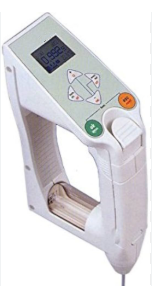
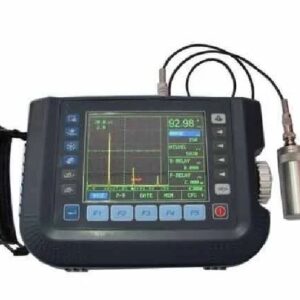



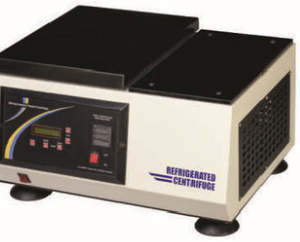
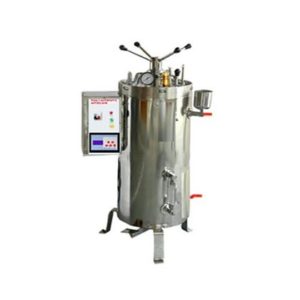


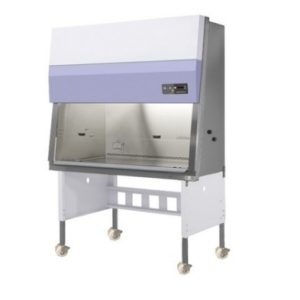


Reviews
There are no reviews yet.